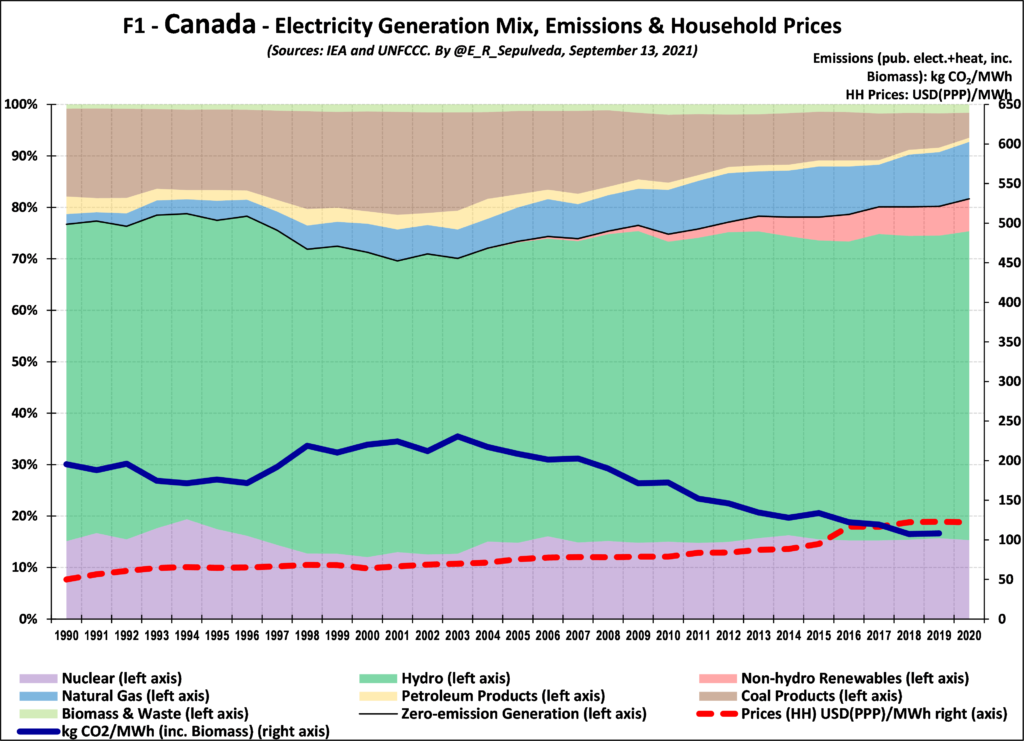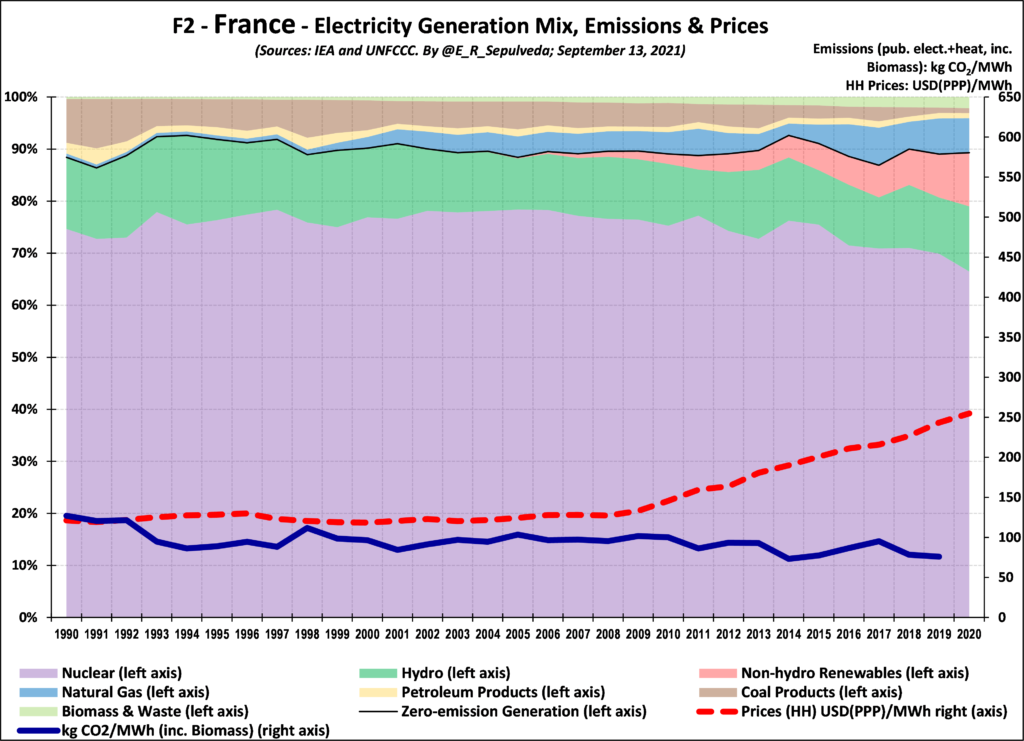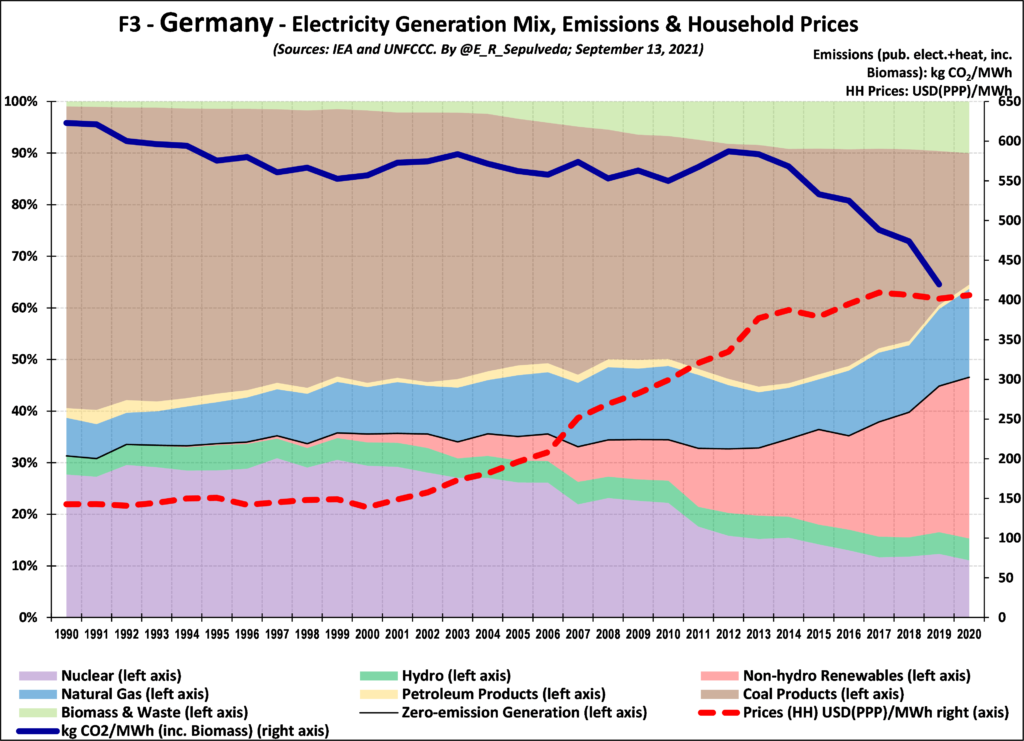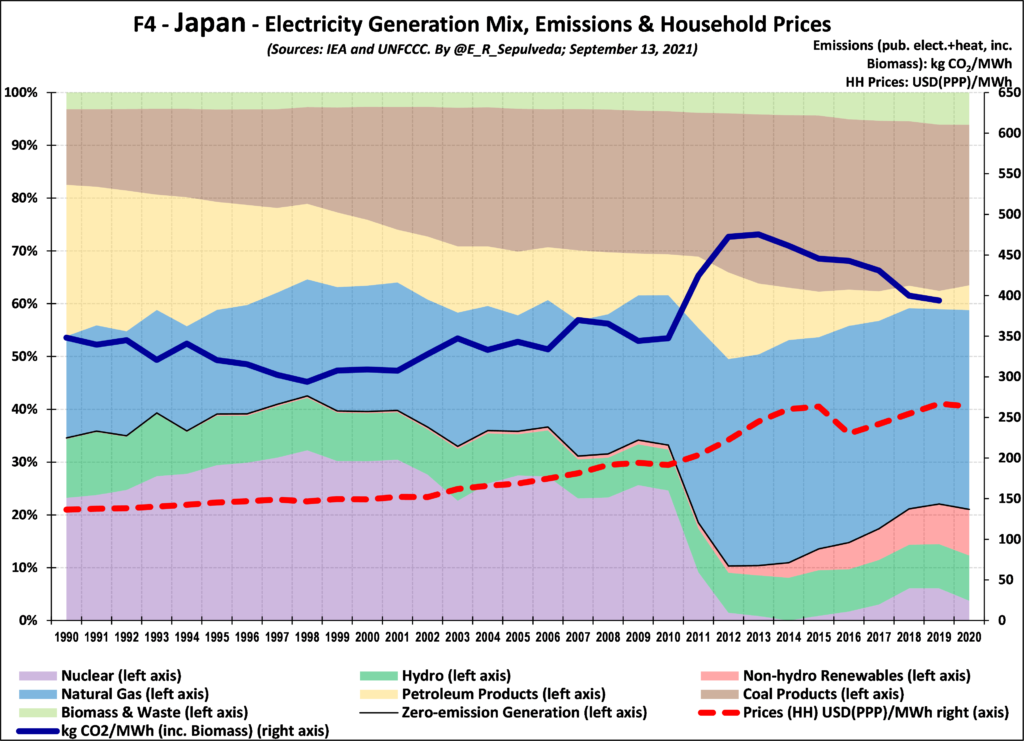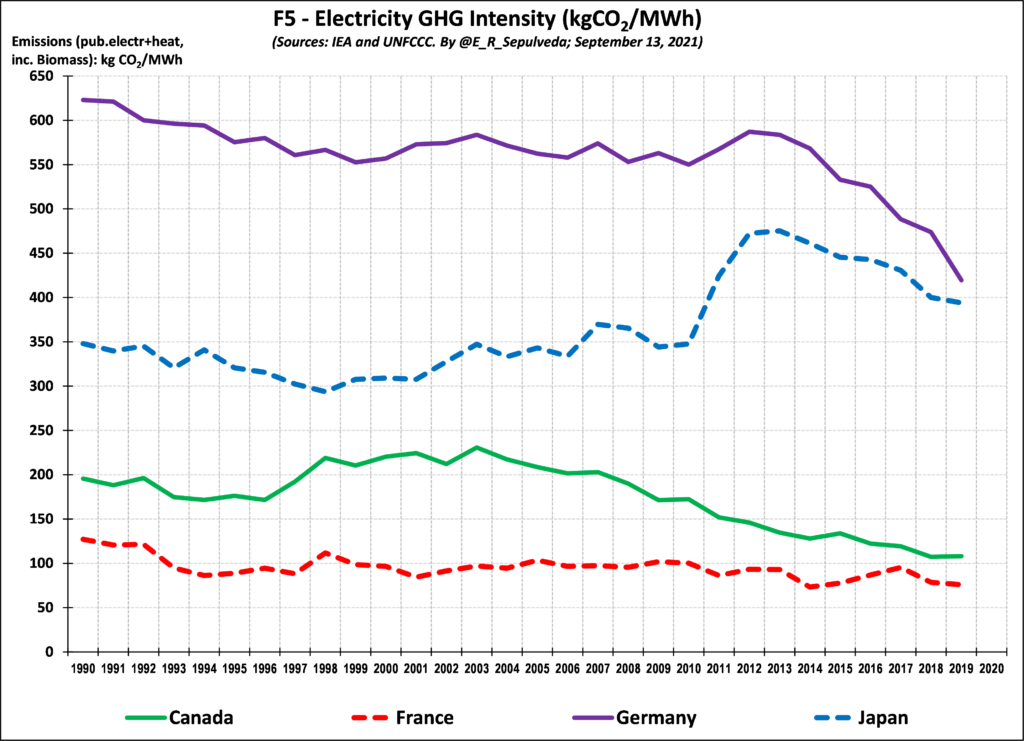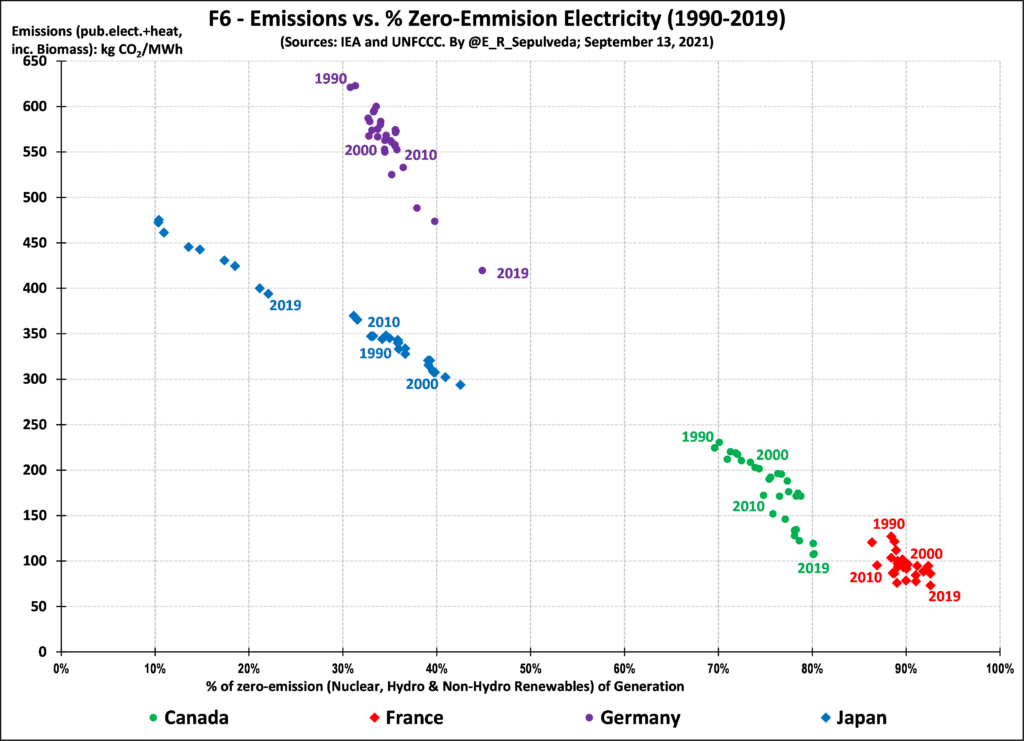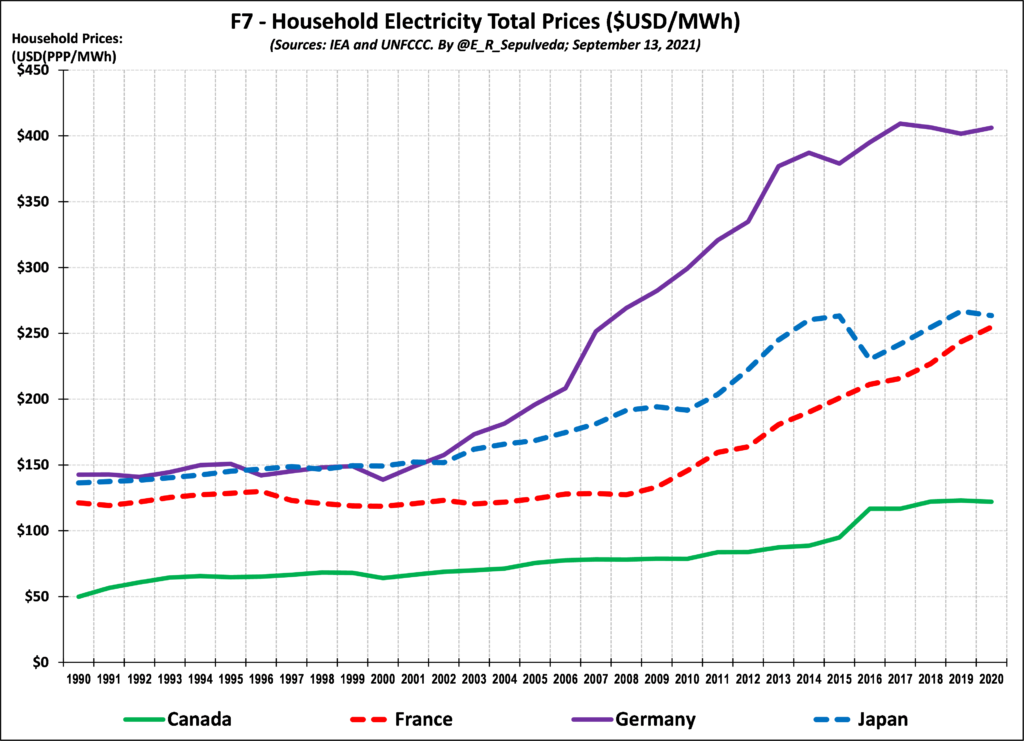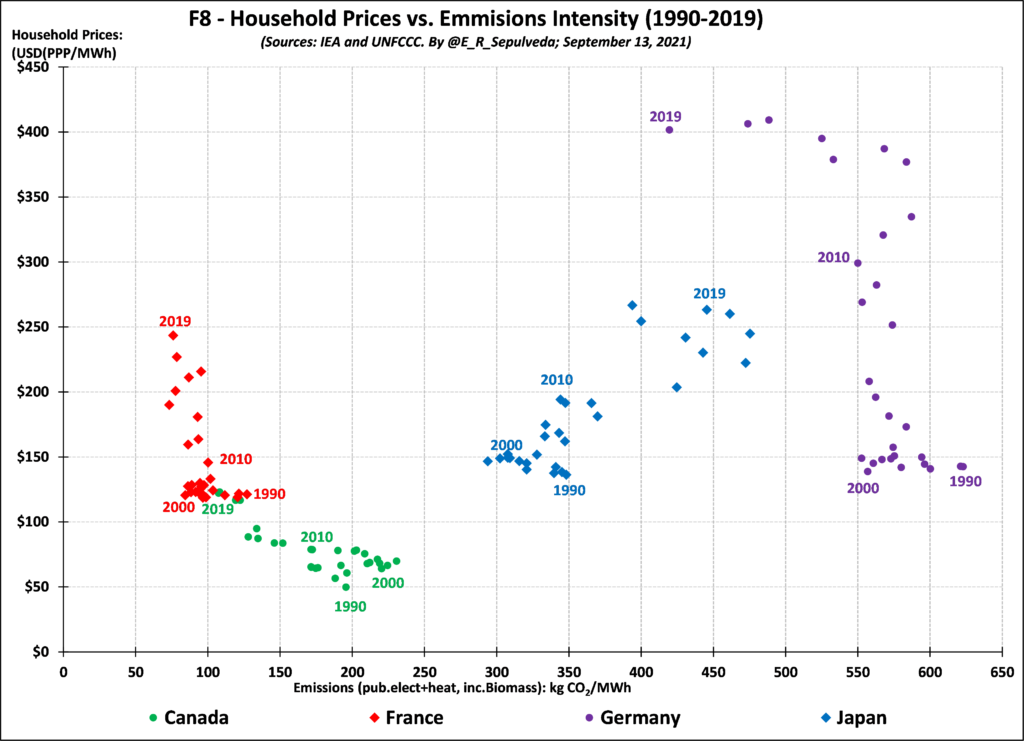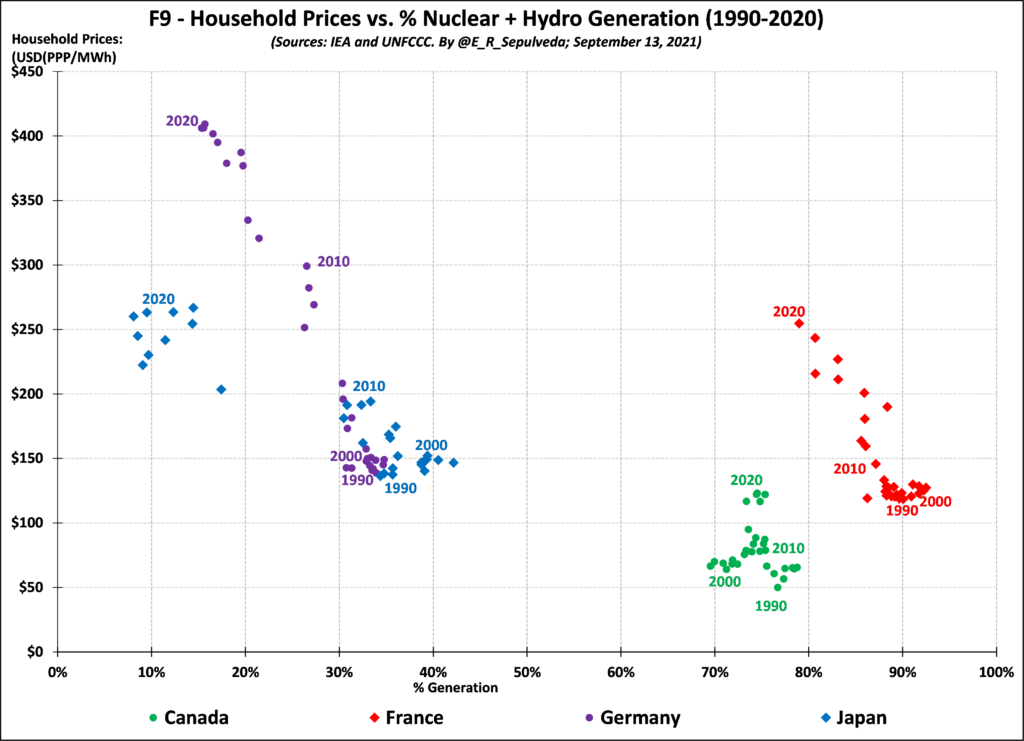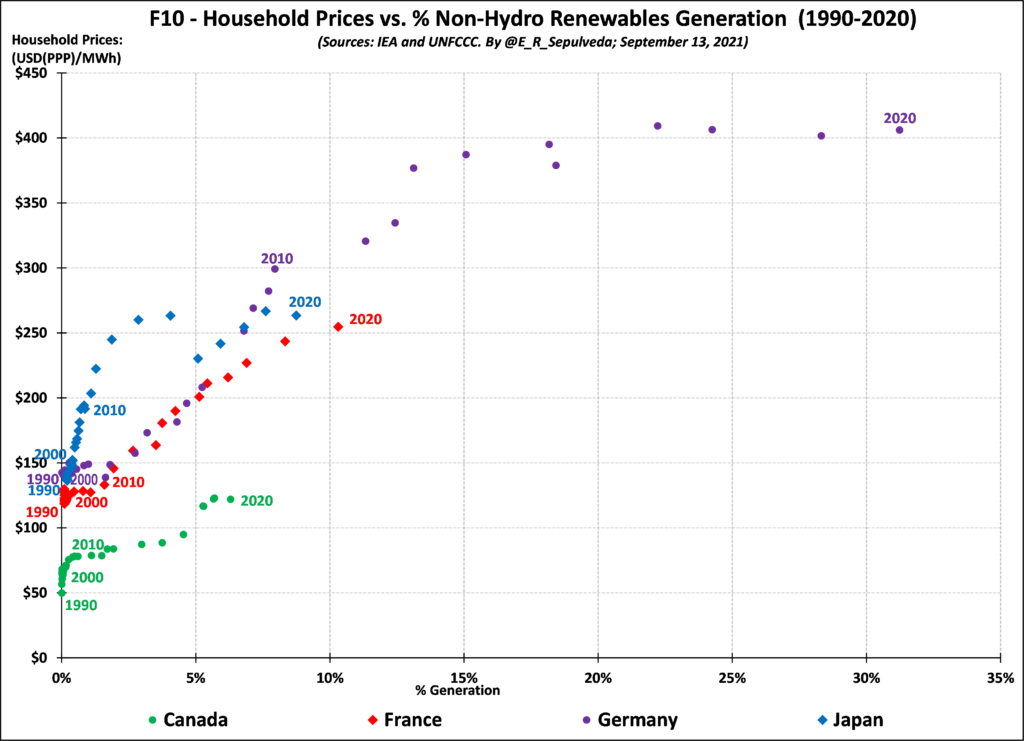Japan
So-called ‘Team Transitory’ declared victors
On June 8, 2021, the UK Guardian published an Op Ed I wrote about inflation – Price rises should be short-lived – so let’s not resurrect inflation as a bogeyman. In that article, and in several other forums since – written, TV, radio, presentations at events – I articulated the narrative that the current inflationary…
The parallel universe in Japan continues and is delivering superior outcomes, while the rest look on clueless
It’s Wednesday and I have some commitments in Melbourne (recording a podcast with the Inside Network) and that requires some travel. So time is tight. Today, I update the latest from Japan courtesy of yesterday’s release from the Bank of Japan of its ‘Statement on Monetary Policy’. The parallel universe continues and is delivering superior…
South Korea and Japan Emerge as Key Battlegrounds in US Strategy Against China, Featuring Tim Shorrock
As China continues rising and the U.S. attempts to dominate the world, Northeast Asia becomes an increasingly crucial battleground. The United States is trying to encircle China with a network of hundreds of military bases while building a trilateral military alliance with South Korea and Japan. But many in those countries want to be free of U.S. domination.
Today’s MintCast focuses on Japan and Korea and how deeply the United States has crafted and shaped the internal politics of those nations. Our guest today is Tim Shorrock, a writer and commentator who has covered the region since the 1970s. Growing up in Japan, Tim has covered Korea for The Nation magazine since 1983. His writing can also be found on his personal website, TimShorrock.com.
While Japan is often presented as a model democracy and a stable society with low rates of crime and inequality, beneath the surface, a different story can also be told. The U.S. has occupied the island nation since the end of the Second World War, with more than 54,000 troops stationed across 120 military bases. Washington also heavily interfered in Japanese politics, funding and supporting the Liberal Democratic Party (LDP), which has remained in power almost uninterrupted since the 1950s. In turn, the LDP allows the U.S. military to do what it likes in Japan.
As Shorrock noted:
They are the most loyal, subservient, pro-American government in the world, the LDP. They will do anything to satisfy the U.S. need for military bases and hegemony in the area. It is pathetic to see what is going on in Okinawa. The LDP are the ones building the new U.S. marine base, where there have been all these protests.”
“It is difficult to call a country sovereign when another country’s military has control over its airspace,” he added.
Likewise, South Korea is often presented as a modern, efficient, “good” nation instead of an authoritarian “bad” North Korea. But here again, the reality is considerably murkier. For much of its history, the South was ruled by a brutal military dictatorship that massacred its progressive opponents, ushering in a climate of fear across the country.
While the dictatorship has gone, many of its anti-democratic laws remain. One is the National Security Law, which effectively allows the government to prosecute any left-wing political opponents (including human rights activists or unionists) under the premise that they are in league with the Communist North.
And like Japan, South Korea was occupied by the United States, which maintains tens of thousands of troops there to this day. The U.S. presence is a major factor hindering the possibility of Korean unification. As Shorrock told MintCast host Alan MacLeod:
The U.S. has always been against unification. They wanted the southern part of Korea to be part of their empire and linked up with Japan. That is what this trilateral alliance is all about maintaining U.S. forces there, basically forever.”
Unification, for Shorrock, is still a possibility. But Korea would need to be free of foreign troops for it to work. And the only foreign troops there are American ones.
From there, the pair discussed North Korea, China, and the role of the U.S. in destabilizing the region.
Listen to or watch the full interview exclusively at MintPress News.
“MintPress News” is a fiercely independent media company. You can support us by becoming a member on Patreon, bookmarking and whitelisting us, and subscribing to our social media channels, including Twitch, YouTube, Twitter and Instagram.
Subscribe to MintCast on Spotify, Apple Podcasts, and SoundCloud.
Also, be sure to check out rapper Lowkey’s video interview/podcast series, The Watchdog.
Alan MacLeod is Senior Staff Writer for MintPress News. After completing his PhD in 2017 he published two books: Bad News From Venezuela: Twenty Years of Fake News and Misreporting and Propaganda in the Information Age: Still Manufacturing Consent, as well as a number of academic articles. He has also contributed to FAIR.org, The Guardian, Salon, The Grayzone, Jacobin Magazine, and Common Dreams.
The post South Korea and Japan Emerge as Key Battlegrounds in US Strategy Against China, Featuring Tim Shorrock appeared first on MintPress News.
Changes to RBA Act will further entrench the depoliticisation of economic policy and reduce democratic accountability
Today, I consider the latest development in the entrenchment of neoliberalism in the Australian policy sector, specifically, the latest decision by the Treasurer to excise his powers under Section 11 of the Reserve Bank Act 1959, which allowed the Treasurer to overrule RBA policy decisions if they considered them not to be in the national…
Kyoto Report 2023 – 9
This is my last Report from Kyoto for 2023. I will be returning to my work there in 2024 and there are still lots of things to report on. I seem to discover more as I learn more, which is always a good thing. Anyway, our bikes are back in storage, our cases packed and…
Kyoto Report 2023 – 8
This Tuesday report will provide some insights into life for a westerner (me) who is working for several months at Kyoto University in Japan. Culture Day – Kyoto Botanical Gardens – November 3, 2023 Friday, November 3 was Culture Day in Japan – a public holiday and a time where all sorts of activities depicting…
The Bank of Japan is light years ahead in sophistication relative to the West
Given yesterday’s detailed monetary policy analysis, I am using today to present an array of news items and some brief analytical thoughts on central bank monetary policy. The latter is based on a very interesting speech that the governor of the Bank of Japan gave in Nagoya earlier this week. The juxtaposition with the way…
Kyoto Report 2023 – 7
This Tuesday report will provide some insights into life for a westerner (me) who is working for several months at Kyoto University in Japan. Lost on a mountain Last weekend, we rode our bikes out to the Philosopher’s Path to the east of Kyoto, which is the last flat section before the roads start to…
Affordable electricity Decarbonization in OECD countries? Part I
After eight extensive posts about the Ontario electricity sector, I am expanding my geographic coverage to look at the electricity sectors in selected OECD countries. My focus will be on the historical and relative performance of each country’s sector with respect to decarbonization and prices. As in the case of Ontario, whole volumes could and have been written about each of these countries, and the electricity sector in general, including with respect to current and future reliability and technologies and preferred vs. feasible future decarbonization pathways and other matters. To keep this manageable, my analysis will be a high-level data-driven overview of past and current generation technology mix, sector emissions and prices only, all based on internationally-comparable data from reputable sources. Interested readers should check out my earlier posts and other writing as to why my focus on the question of affordable decarbonization. In this blog I start with Canada, France, Germany and Japan. Future editions will cover additional countries.
I look at data from 1990 to 2019/20 to ensure to ensure I capture trends in the sector, which, because of its capital intensity, tend to be relatively slow-moving. I look at electricity generation mix by country based on International Energy Agency (IEA) data. I present it in seven groups: nuclear, hydro, non-hydro renewables (this includes wind, solar), natural gas, petroleum products, coal products and biomass and waste. To control for aggregate generation changes over time within a country and for country size differences, I present these in percentage terms. But these technologies are just means to an end, which is sector decarbonization – I source sector emissions directly from the respective country National Inventory Reports (NIR) submitted annually to the Secretariat to the United Nations Framework Convention on Climate Change (UNFCCC). The UNFCCC format combines emissions from public electricity and heat, which is the same combined manner that the IEA presents emissions data. Ideally, we would only include public electricity emissions but relative few countries present this on a stand-alone basis. Public heat provision, generally in the form of district heat systems, is generally a few percentage points of public electricity. To control for differences over time and country differences I present sector emissions intensity (kg CO2/MWh). From an accounting perspective, so as to not “double count”, the UNFCCC does not allocate emissions from the generation of electricity from the combustion of biomass to electricity (the Energy Sector), but rather to the Land Use, Land-Use Change and Forestry (LULUCF) sector. For this analysis, given that I am focussing on the electricity sector only, and not the economy as a whole, I include emissions from the generation of electricity from the combustion of biomass to the electricity sector. Lastly, I source household electricity prices from the IEA, which include base prices, plus any consumer-oriented or taxes and specific levies, in USD(PPP)/MWh. After I provide an overview of the countries I present some initial comparative analysis, which I expect to fine tune as I cover more countries in future blogs, including with more sophisticated multivariate regression analysis.
Country Overviews: Canada, France, Germany & Japan
Starting close to home, Figure 1 shows that the technology mix in Canada has been relatively stable over the last 30 years, with a high percentage (ranging between 70% to 80%) of generation coming from zero-emissions technologies (nuclear, hydro and non-hydro renewables). This has resulted in relatively low emissions intensity over the study period, with three phases: a decrease from the displacement of coal by nuclear and hydro from 1990 to 1996; an increase as some nuclear generation went off line from 1996 to 2003; and a steady decline from 2004 to 2019 as nuclear comes back on line and non-hydro renewables are introduced and expand to 6%, which together with gas increasingly displace coal. Household prices increased moderately during almost the entire period, but started to increase in 2015, primarily due to the increase in high-contracted-priced non-hydro renewables in Ontario (see my earlier blogs).
Crossing the Atlantic, Figure 2 shows that the technology mix in France has also been relatively stable over the last 30 years. France has had an even higher percentage (around 90%) of generation coming from zero-emissions technologies, resulting in relatively very low emissions intensity over the study period. Like in Canada, changes in emissions initially relate to the addition/subtraction of zero-emission technologies, but starting in the mid 2000’s there was also substitution away from higher-emitting coal to lower emitting gas. Household prices were stable until about 2009, after which they increased by about 6% per year in the ten years to 2020.
Moving north-east in Europe, Figure 3 shows that the technology mix in Germany has been much more dynamic over the last 30 years. For the period from 1990 to about 2016 Germany had a relatively low percentage (between 30% to 40%) zero-emission generation, resulting in relatively very high emissions intensity. This is specially given the case that its largest emitting generation was coal. Emissions decreased from 1990 to about 1999 as nuclear and hydro increased and gas displaced some coal and then stabilized over the next decade until the large policy-driven decrease in nuclear (in reaction to the Fukushima accident) in 2011 resulted in a large spike in emissions that were not bright back to trend by fast-increasing non-hydro renewables until 2015-16, which by 2020 accounted for 31% of generation. Household prices in Germany were stable until about 2000, after which they increased by more than 8% per year for 13 years to 2013, after which they increased moderately at 1% per year to 2020. As in Ontario, who modeled their Green Energy Act (GEA) on the Energiewende, the increase in prices in Germany are primarily due to the increase in high-contracted-priced non-hydro renewables.
Heading to Asia, Figure 4 shows that the technology mix in Japan has also been relatively dynamic. For the period from 1990 to about 2010 Japan had a relatively low percentage (between 30% to 40%) zero-emission generation, resulting in relatively high emissions intensity. It was lower than Germany, however, because it relied on relatively lower-emitting gas and oil and less on higher-emitting coal. Emissions decreased from 1990 to1999 as nuclear increased and then increased moderately as nuclear decreased slightly until 2010. As a policy matter in reaction to the Fukushima accident in 2011, however, Japan took most of its nuclear generation offline. This decrease resulted in a very large spike in emissions, as zero-emission generation dipped to only 10%. Emissions decreased moderately to 2019 as some nuclear was brought back on line and non-hydro renewables increased to 9% of generation. By 2019 zero-emission generation, at 21% was only half of what Japan had achieved in 1998. Household prices increased moderately until after 2011, when they increased at 4% per year to 2019.
Comparative Analysis and Discussion
Figure 5 shows the emissions intensity for the four countries from 1990 to 2019. It confirms that due to their large legacy zero-emission generation grids of 70%-80% for Canada and 90% for France these are the countries that have already deeply decarbonized their electricity sectors, both hovering around 100 kgCO2/MWh in 2019. After relatively stable but relatively very high emissions for most of the study period, Germany finally broke through the 550 kgCO2/MWh threshold in 2015 and has reduced emissions intensity by 6% since then to reach 420 kgCO2/MWh in 2019. Japan had been unable to make much progress from 350 00 kgCO2/MWh before 2011, after which emissions spiked and have since slowly been reduced to about 400 kgCO2/MW.
Figure 6 plots emissions intensity against the % of zero-emission generation for every year and country in the study. To give a sense of the direction of the movement in this two-dimensional space, I identify years 1990, 2000, 2010 and 2019 for each country. The strong negative correlation (downward sloping trendline) confirms the almost linear tradeoff between the amount of zero-emission generation and emissions. The time progression, with the exception of Japan, is from higher emission down and to the right. I am interested in seeing whether this linearity holds for the USA, a country for which much of the decarbonization has been attributed to the switch from higher–emitting coal to lower-emitting gas. Stay tuned for future blogs.
Figure 7 shows household prices for the four countries from 1990 to 2020 and confirms our earlier observation that while all prices have increased after a period of relative stability, the prices in some countries began increasing earlier and faster than in others. Germany is the outlier in this respect, where prices have almost tripled since 1990.
I am interested in exploring affordable decarbonization. From this perspective, both Canada and France had already achieved this by 1990 and so the process of decarbonization, and whether it was affordable, would involve looking further back in time. For Canada that may be 1960s to 1980s when many of current large hydro-electric projects and nuclear generation stations came online to displaced emitting technologies. For France it would be from the mid 1970’s to 1990 when its nuclear fleet displaced fossil technologies. In both cases, however, given that both countries started the period as the two lowest-priced countries in the sample, it is reasonable to assume that the transition was likely affordable, and certainly no less unaffordable than the approaches adopted in Germany and Japan prior to 1990. After that year and specially for Germany from 2000 and the coming into law of the German Renewable Energy Sources Act (EEG) and the introduction of high-contracted-priced non-hydro renewables, we see very significant price increases to 2015 but no reductions in emissions until that year because, as discussed above, Germany was in parallel reducing nuclear generation.
In these last two figures I start an initial correlation analysis, which I expect to fine tune as I cover more countries in future blogs, including with more sophisticated multivariate regression analysis. In my previous blogs I have discussed studies showing that any increases in electricity prices have been mostly due to the introduction and growth of non-hydro renewables, due to their higher-than market contracted prices and broader integration costs. This is certainly the case in Ontario, Canada and Germany. I am interested if this holds in other countries and what is the likely scale of the impact. I begin with the simple correlation analyses in Figures 9 and 10.
Figures 9 and 10 separate out zero-emission generation into dispatchable nuclear and hydro and intermittent non-hydro renewables and plots them against prices to examine any corresponding correlation. To also provide a sense of the direction of the movement in this two-dimensional space, I identify years 1990, 2000, 2010 and 2019 for each country. Figure 9 shows a generally negative (downward sloping) correlation, indicating that nuclear and hydro are correlated with lower prices. Figure 10, on the other hand, shows a generally positive (upward sloping) correlation, indicating that non-hydro renewable are correlated with higher prices. Based on prior studies, we knew that for Canada (via Ontario) and Germany this non-hydro renewables/higher price association had been shown to be stronger, of statistical significance suggesting causation, but it is good to replicate this via a simple correlation analysis. Looking at Figure 9 and 10 together, this correlation also holds for France and to lesser extent Japan. Note to my inner econometrician – there could be some time effect in the last decade or two (for example the introduction of liberalized electricity markets) that could separately be contributing to higher prices and thus could be a confounding variable to the simple non-hydro renewables/higher price association… That statistical question to be resolved down the road once I review a larger number of countries.
Next Steps
I am expecting to be able to cover four other OECD countries in the edition of this series, hopefully to come out in a few weeks, time permitting. I am aiming to include the USA, either Australia or New Zealand, and two countries in Europe.
Curried Narratives: An Indian Revolutionary’s View of Japan
Published in Japan Forward 26/7/2021
Even during Tokyo’s Covid-induced state of emergency, there was a queue outside Nair’s Indian restaurant in East Ginza. Fortunately, the turnaround at midday is impressively rapid, and I didn’t have to wait long before a table became available.
I ordered the “teiban” (signature dish) known as Murugi Lunch. Excellent value at Yen 1500, it consists of a leg of chicken that has been softened by several hours of simmering, together with turmeric rice, cabbage and mashed potato.
As I spooned up the multi-spiced and highly nutritious concoction, I reflected on how historical narratives differ according to who is doing the narrating. When it comes to the story of modern Japan, the signature dish was prepared by the western countries that were on the winning side of the Second World War. Let’s call it the Progressive Club Sandwich.
The Indian take is very different and likely to become more significant as India’s geopolitical footprint grows in line with its economy – which is on track to become the world’s third largest in 2030, according to Japan’s Center for Economic and Business Research. There could be no better symbol of an Indian alternative history of modern Japan than the founder of the restaurant in which I am sitting.
A. M. Nair, who died in 1990, opened his restaurant in the early years of the post-war American occupation. It would be interesting to know what he thought about the G.I.s then strolling around Ginza with their Japanese “pan-pan” good-time girls. It would be equally interesting to know what the American officers and bureaucrats who patronized his restaurant would have thought of their host, had they been fully informed of his personal history.
“Founded in 1949”
In his memoir, “An Indian Freedom Fighter in Japan”, Nair declares that “my close friends used to whisper, after the war, that for fighting against Britain and encouraging my Japanese friends to do likewise, I should have been booked as War Criminal Number One, and that MacArthur missed out on me.”
Nair does not mention the identity of the friends who made this dark joke, but one of his closest military contacts, War Minister General Itagaki, received the death sentence at the Tokyo Trials, while another, General Umezu, died in prison. Nair remained an Indian citizen all his life, but because of the espionage and undercover work he carried out, he was treated by Japan’s top military figures as equivalent to a major-general in rank.
Nair-san, as he was to be familiarly known, was a native of Kerala on the southwest tip of India. He arrived in Japan in 1928 at the age of 23 to study engineering at Kyoto University. Back home, he had already made a nuisance of himself, organizing India’s first school strike and agitating against caste restrictions and the British colonial authorities. Once settled in Japan, he was bowled over by what he saw.
“Here was a country which, in a matter of about a mere half-century, had progressed from a basically feudal set-up to the status of a great economic power… If Japan could do what she did, why should India at least not be able to break free from its colonial shackles?”
It is a testimony to the seriousness of Japan’s Pan-Asian ambitions that Nair, while still a hard-up student with less than perfect Japanese, was taken up by senior military men. General Yamamoto, commander of a division stationed near Kyoto, treated him “practically like a brother” and introduced him to other members of the elite.
On display in the restaurant
Soon he was lecturing far and wide and finding that his anti-British, pro-independence message was greeted with enthusiasm. As the clash of empires heated up, Nair was invited to Manchukuo (now Manchuria), the puppet state that the Japanese army had set up in 1932.
In the following years, Nair led a kind of Lawrence of Arabia existence, travelling through remote areas of Manchukuo, China and Mongolia, doing his best to damage British interests and promote Japanese influence. He disguised himself as a camel dealer, Moslem mullah and Tibetan “living Buddha.” Amongst other adventures, he foiled a British intelligence agent’s plan to map out a route to India across the Himalayas by setting ablaze the entire fuel supply for his vehicles.
When war broke out in the Pacific, Nair became the liaison officer of his mentor and fellow Japan-resident Rash Behari Bose, who led two important Japan-backed organizations, the Indian Independence League and the Indian National Army. In his memoir, Nair makes it clear that he considers that the work of R.B. Bose has been unfairly minimized and the contributions of the more famous Subhas Chandra Bose, who took over leadership of the I.L.I. and I.N.A.in 1943, has been greatly inflated.
In contemporary India, Subhas’s stature appears to have increased, with Prime Minister Narendra Modi celebrating the 125th anniversary of his birth with a visit to his hometown earlier this year. There was even a series on Amazon Prime, The Forgotten Army, giving a glossy, heavily fictionalized account of the I.N.A.’s disastrous attempt to invade British India from Burma.
Nair is much less impressed. While esteeming Subhas’s charisma and patriotism, he slams his lack of realism and dictatorial tendencies.
Yet, as Nair notes, the I.N.A. indirectly helped to usher in independence. When the British Indian authorities attempted to try former members of the rebel army for treason, a storm of protest broke out nationwide and the Indian component of the Navy mutinied in Bombay. For British India, the writing was on the wall.
Nair chose to stay in Japan after the war, acting on several occasions as interpreter for Dr. R.B. Pal, the only judge at the Tokyo War Crimes Trials to find all “A-Class” (political) defendants innocent. Nair quotes Pal’s stinging counter to allegations of Japanese conspiracy to wage war: “Many powerful nations are living this sort of life, and if these acts are criminal, then the entire international community is living a criminal life.”
India was not one of the 49 nations that signed the US-Japan Peace Treaty in 1951. Nair had secured the unpublished text of the simultaneously effected US Japan Security Pact and brought it to the attention of Jawaharlal Nehru, India’s first Prime Minster. In the Indian view, making the Peace Treaty conditional on the Security Pact violated Japanese sovereignty. Instead, Nehru concluded a separate Bilateral Treaty of Perpetual Peace and Amity with Japan in 1952.
Nair was not an uncritical admirer of Japan. He deplored brutal behaviour in China, the degradation of Korean and Japanese women in the red light districts of Manchukuo and the inability to learn from mistakes. But he saw Japan’s “Asia for the Asians” drive as the key to Indian independence – and in that he was right.
Over time, Nair’s anti-British animus appears to have abated. In 1974, he and his Japanese wife attended a reception for Queen Elizabeth and the Duke of Edinburgh in Shinjuku Gardens. In his later years, he visited India regularly and seemed disappointed by the limited improvement in people’s lives. One wonders what he would have made of the much more dynamic India of today – and of modern Britain with four politicians of Indian subcontinental descent in Boris Johnson’s Cabinet and one of Pakistani.
The Progressive Club Sandwich, with its assumption of Western moral superiority and Japanese backwardness, is still a popular comfort food. It has a long history, beginning with the “opening” of Japan by Commodore Perry’s gunboats in the 1850s and its influence can be found today in innumerable op-eds, books and academic papers.
Kerala cuisine is richly varied, reflecting the influences of vegetarian Hindus, first century Christians, Moslems, and the Portuguese traders who brought chili peppers from the new world.
Nair’s restaurant alerts us to a very different suite of flavours – and a very different narrative.
